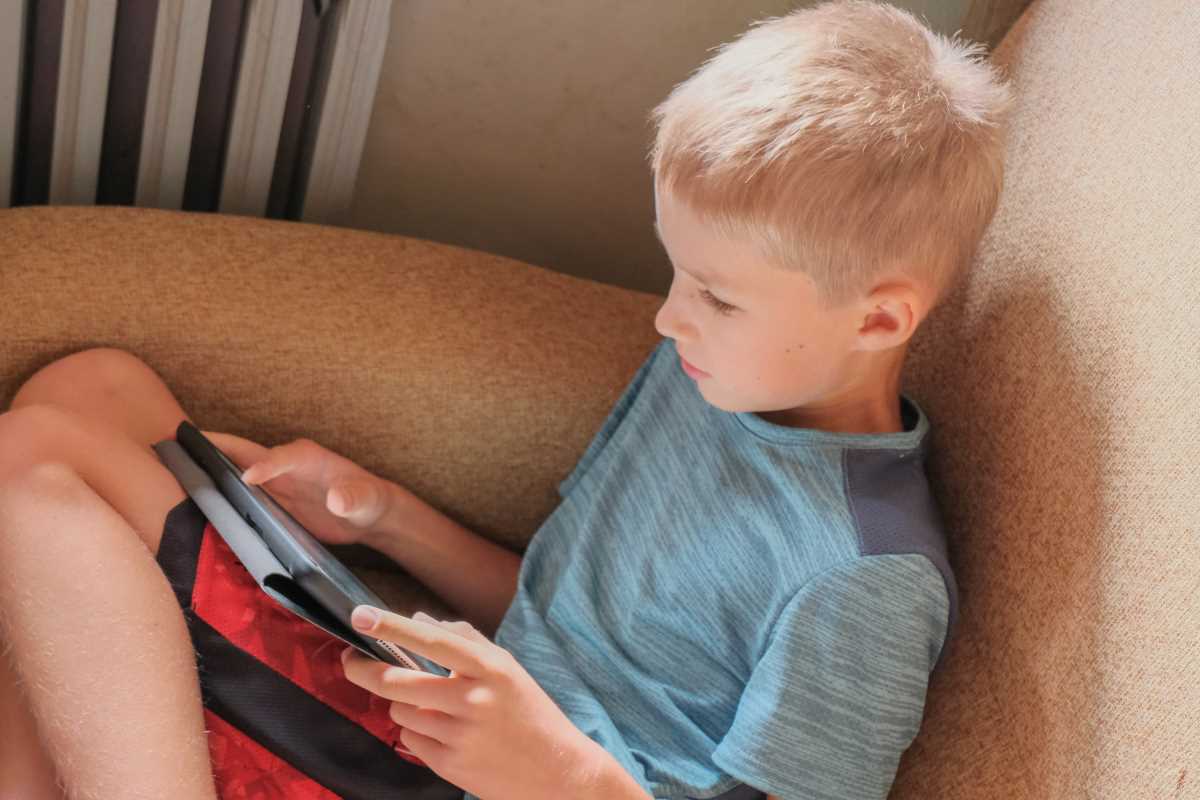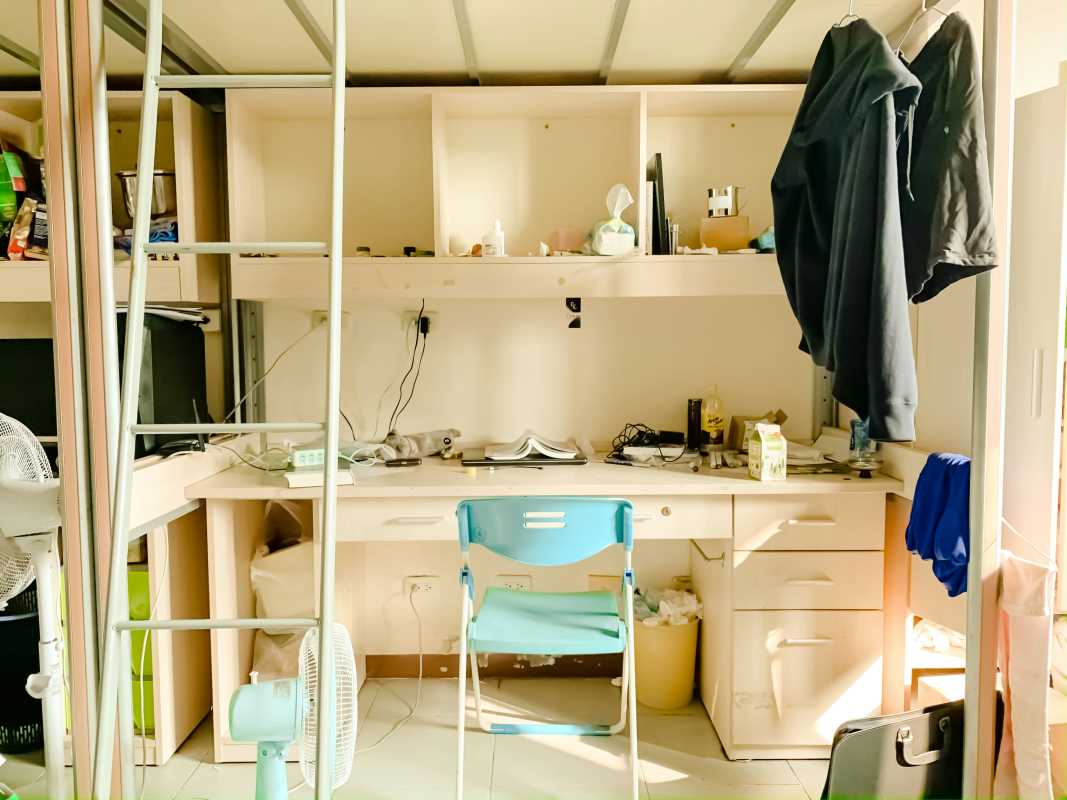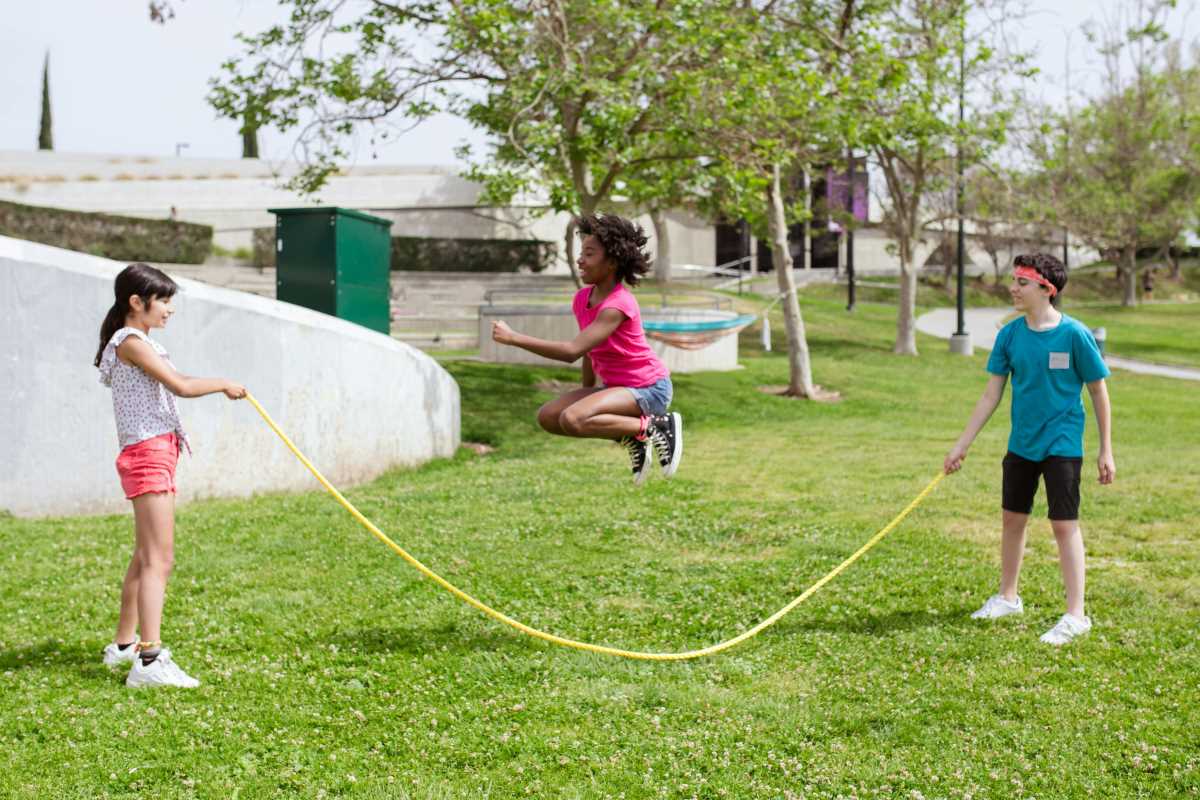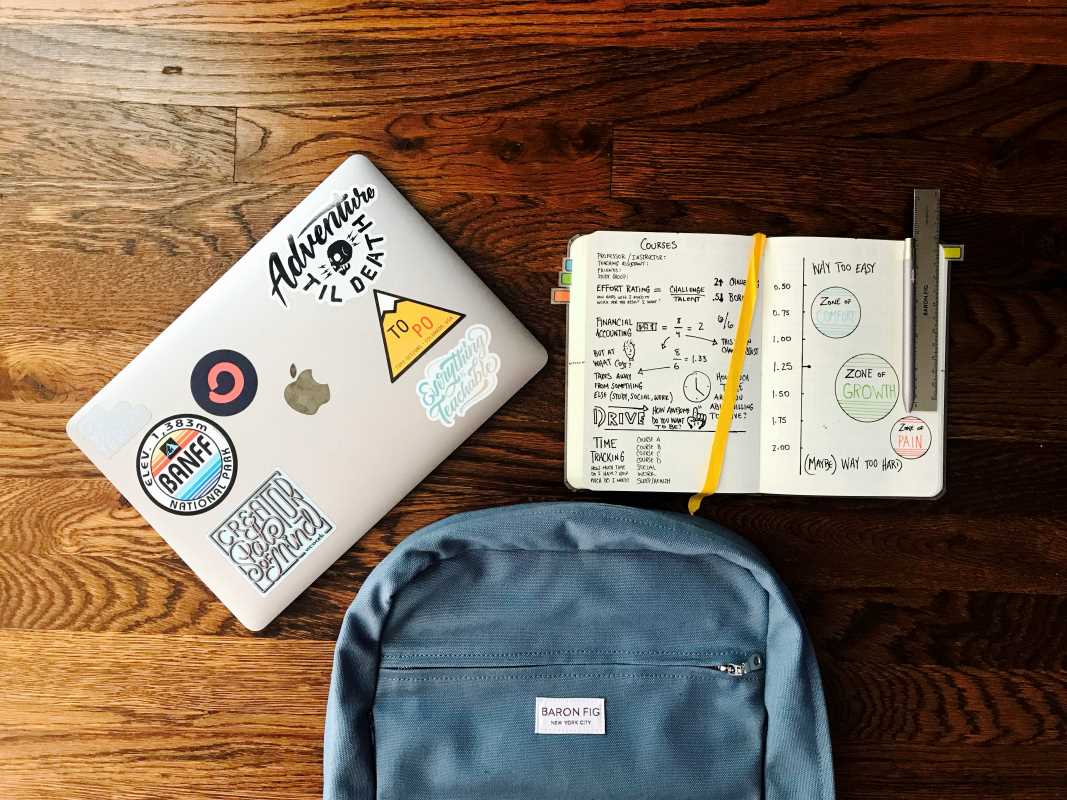Learning about the world doesn’t have to be limited to the classroom. You can transform continents, countries, and capitals into an exciting adventure for your family with fun, interactive games. Whether you’re looking to inspire curiosity, reinforce classroom lessons, or simply enjoy some family bonding time, these geography-themed activities deliver entertainment and education in equal measure. Here are expanded ideas for engaging geography games, along with a few new ones to try.
1. The Passport Game
Turn your living room into an international gateway! Begin by creating pretend passports for each player. Use construction paper to fold small booklets and decorate them with names, photos, and space for stamps. Parents decide on a "country" to visit, using flags, stamps, or photos of famous landmarks as clues.
Each player "enters" a country by answering a fun fact, acting out a local custom, or finding the country on a globe or atlas. For example, in Italy, the challenge could be saying hello in Italian ("Ciao!") or identifying a photo of the Leaning Tower of Pisa.
To earn a stamp in their passport, kids must complete the challenge successfully. The first to fill their booklet “travels” the world! Add bonus rounds focusing on cultural foods to extend the activity further, like naming traditional dishes or identifying national spices.
Extension
- Include a "travel mode" challenge, where players decide how they’re traveling to each country (plane, train, ship) and act it out.
- Swap roles and allow kids to be "immigration officers." Parents must answer quiz questions to earn entry!
2. Map Puzzle Mania
Turn cartography into a game with Map Puzzle Mania! Buy a large world map or print one, then cut it into pieces to create a custom puzzle. For younger kids, stick to smaller regions like continents, while older children can tackle the entire world.
Time each challenge to create a sense of urgency or introduce themed rounds, like focusing on specific continents. Discuss key facts as players reassemble the puzzle. If a child places South America correctly, for example, you could talk about the Amazon Rainforest or Iguazu Falls.
Extension
- Use adhesive magnetic sheets to create a reusable puzzle on the fridge.
- Combine this activity with storytelling! For example, if kids complete Africa, ask them to name an animal they’d love to see on a safari.
3. Landmark Detective
Bring iconic locations to life with an engaging round of Landmark Detective! Prepare photos or descriptions of famous landmarks like the Eiffel Tower, Great Wall of China, or Mount Rushmore. Players earn points by correctly identifying the landmark and its country.
To keep the game fresh, mix things up. For example:
- Play "guess that landmark" with zoomed-in photos.
- Provide clues like, "This monument is in a city with canals," for Venice or "This is a tall statue overlooking a harbor," for Christ the Redeemer in Brazil.
Bonus facts, such as when the landmark was built or its cultural significance, make learning stick.
Extension
- Add a scavenger hunt element by hiding pictures of landmarks around the house. Kids can search for them then guess where they are located.
4. Country Hopscotch
Reinvent hopscotch with geography flair! Use chalk to outline a simplified world map outdoors or masking tape for an indoor grid. Label each section with a country or capital city. Players toss a small marker (like a beanbag) onto a square, then answer a geography question about it before hopping over.
For example:
- Question for France square: “What’s the capital?”
- Question for Brazil square: “What’s one famous festival here?”
This active game helps kids burn energy while mentally reinforcing what they've learned.
Extension
- Add challenge levels! For advanced players, include questions about population size or famous cultural traditions.
5. Flag Matching Challenge
The flags of the world are vibrant and unique, making them perfect for a matching game! Print flags and cut them into card-sized pieces. Kids match each flag to its country, earning points for each correct pair.
Take it up a notch with bonus challenges:
- Name a fun fact about the country when a match is made.
- Add cultural symbols, like a Swiss flag with fondue or a Japanese flag with sushi.
For additional fun, turn this into a memory game by flipping the cards over and letting players test their recall.
Extension
- Host a family "flag quiz bowl." Each round, a random flag is displayed, and players compete to identify it first.
6. Capital City Bingo
Bingo gets a global twist in this fun activity! Create bingo cards filled with capital cities around the world. Parents call out matching country names, and players mark off squares. First to land five in a row wins!
To intensify the challenge for older kids:
- Flip the format and call out capitals instead.
- Include lesser-known capitals like Ouagadougou (Burkina Faso) to expand knowledge.
7. Globe Trotter Treasure Hunt
A treasure hunt with a geography twist is sure to ignite curiosity. Hide small objects or notes representing specific countries around the house. Each clue provides an educational tidbit related to a geographic feature, weather pattern, or local cuisine.
For example:
- Hide a toy koala for Australia and pair it with a fact about eucalyptus trees.
- Leave a snowflake sticker for Antarctica and share why it’s the coldest continent.
This immersive activity encourages exploration while building critical-thinking skills.
Extension
- Include audio clues! Use an app to play music related to each region (like samba for Brazil) as part of the riddle.
8. Atlas Art
Unleash creativity and curiosity with Atlas Art! Provide children with an atlas or printed maps and encourage them to create an imaginary country from different parts of the world. Tasks might include:
- Selecting a mountain range
- Drawing a custom flag
- Naming and placing a capital city
- Writing down a "fun fact" about the region
Award points for originality and creativity, with kids presenting their made-up countries afterward.
Extension
- If time permits, expand this activity to include a name for the national anthem or even a basic history for their country.
9. Travel Story Chain
Create adventures through storytelling with the Travel Story Chain game! Begin a story with, “Today we traveled to…” and name a country. The next player adds to the tale by mentioning something unique about the location, like a geographical feature or famous landmark.
For example:
- Player 1: “Today we traveled to India. We visited the Taj Mahal.”
- Player 2: “While there, we saw an elephant and learned it’s a revered animal.”
Continue the story, building a world tour in the process! This game develops storytelling skills and geographical knowledge simultaneously.
10. Geo Trivia Showdown
End your geography game party with a classic trivia night! Divide into teams and prepare geography-themed questions of varying difficulty. Example questions:
- “What is the longest river in the world?”
- “Name a country bordered by both France and Spain.”
Points can be earned for right answers, but also awarded for creativity in wrong guesses!
Award small trophies or certificates to add to the overall experience. Keep a scoreboard for regular play across multiple weeks.
Bonus Activities to Explore
World Cuisine Cook-Off
Use geography as inspiration to create international meals together. Choose a dish from a different continent each week and have kids help prepare it. Cooking connects them to the culture while teaching practical skills.
“Where on Earth?” Family Showdown
Using Google Earth or a globe, pick random locations and play a guessing game based on satellite views. Identify countries or landmarks visible from above.
Regional Dance Party
Choose a country, research its traditional dances, and learn the moves together! Play accompanying music for authentic fun. This activity combines physical movement with cultural appreciation.
Global Weather Watch
Encourage kids to check weather forecasts for five countries and track them via a homemade chart. Use this to compare climates and understand seasonal differences worldwide.
Tips for Parents
- Fuel curiosity by encouraging open-ended questions. If your child asks, “How tall is Mount Everest?” look it up together.
- Make it multi-sensory. Supplement games with globes, atlas books, music, and traditional foods.
- Celebrate participation! Applaud their creativity and curiosity, not just correct answers.
By turning learning into a shared creative adventure, you can show children the wonders of geography right from your living room. Grab your globes, maps, and imaginations, and set out on the ultimate family adventure! The world is waiting for you to explore together.
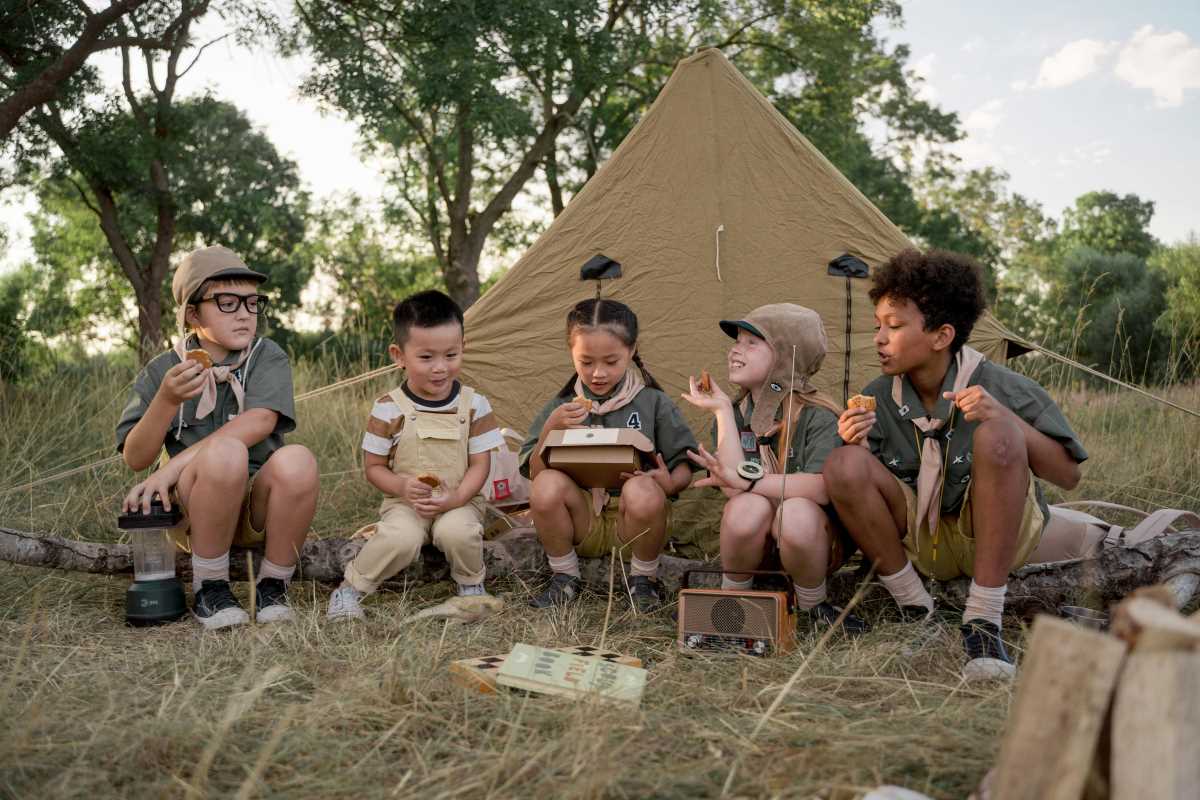 (Image via
(Image via